With airplanes, we could traverse long distances quickly but not taking us exactly where we want to go but to the nearest airport mostly while sharing the ride with other passengers. Cars will take us to a more precise location as long as it is connected by a road, but at a much slower pace. The fusion of these two technologies will get usa hybrid which retains a portionof the positives from both sides, leading to the birth of the “Flying Car”. This technology has been promised to us by the early 21st century, since the early 1950s as seen in various articles and sci-fi movies. Although the idea has been around for a long time, it could not be converted into a tangible product since it was more complicated than that which met the eye. Nevertheless the year 2015 has seen a solid step-forward in creating a ‘car-o-plane’ when American company Terrafugiabased in Massachusetts, have released their final design of the flying car concept ‘TF-X’ which they expect to come out some time in the next 8 to 12 years. In this article we will understand how this particular flying car will work and its interesting features and innovations to overcome the various challenges faced in this Aero-Automobile.
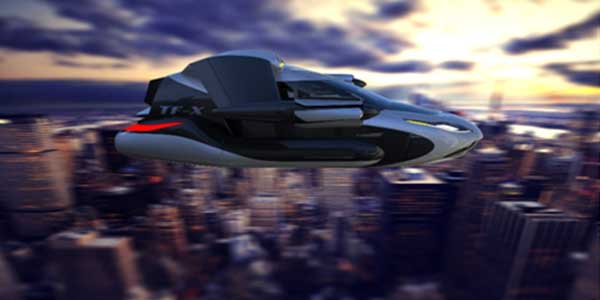
1 HOW DOES IT WORK?
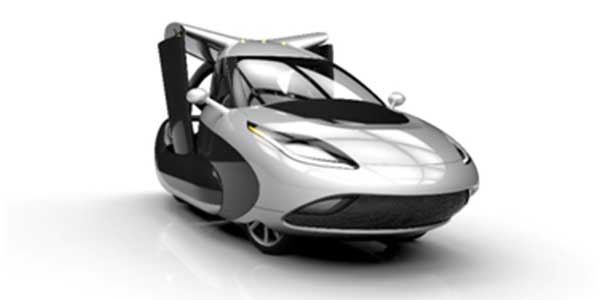
1.2 WHAT POWERS IT?
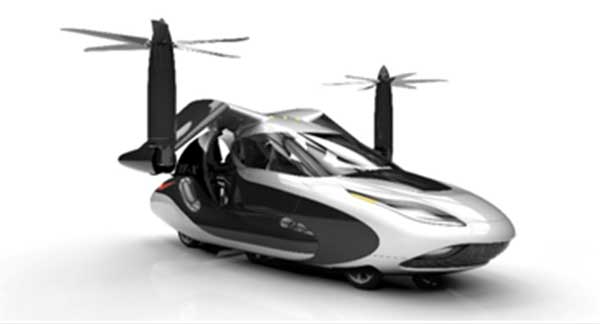
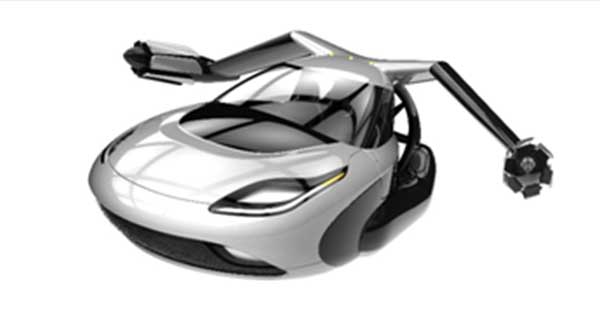
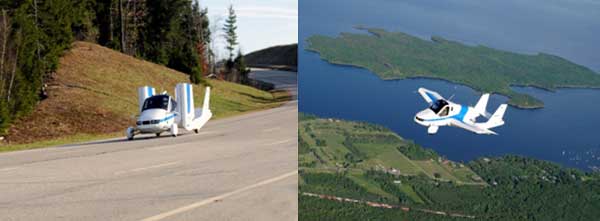
| Cruise Speed | 100 mph (160 km/h) |
| Range | 400 mi (640 km) plus 30 min. reserve |
| Takeoff Roll | 1700 ft (518) over 50 ft obstacle |
| Useful Load | 500 lbs ( 227 kg ) |
| Fuel Burn at Cruise | 5 gph (18.9 L/h) |
| Usable Fuel | 23 gal ( 87 L ) |
| Mileage on Road | 35 mpg (6.7 L / 100 Km ) |
Table 1Specs of the TF-Transition
3 THE VERDICT – WILL IT CATCH ON?
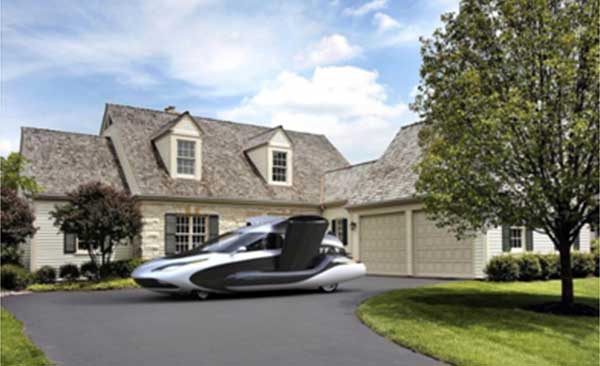
Will the flying car be a part of the Modern household?
This is the biggest question in hand with the flying car concept in general. The idea has been around since a long time but has not been implemented so far which means that it has many factors hindering its application. Although it just seems like attaching a propeller blade to a car and making it fly, it is a lot more complex. For instance, the aerodynamics of a car (a very fast one) is primarily to keep it on the ground and allow air to glide through it, while the aerodynamics of an airplane is get the maximum lift off of the airfoil. At the current state of transportation, it is hard to say whether this will catch on primarily since this mode of transportation doesn’t exist practically yet. We can hardly scratch the surface of the problems and complications which will arise, like the traffic rules and monitoring (air traffic policing). Therefore the approval of such a product by national aviation authorities might take a long time once the actual product is released which will add to the time we see a street (and air) full of car-o-planes.
Filed Under: Articles


Questions related to this article?
👉Ask and discuss on EDAboard.com and Electro-Tech-Online.com forums.
Tell Us What You Think!!
You must be logged in to post a comment.